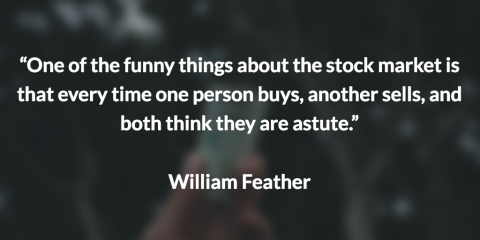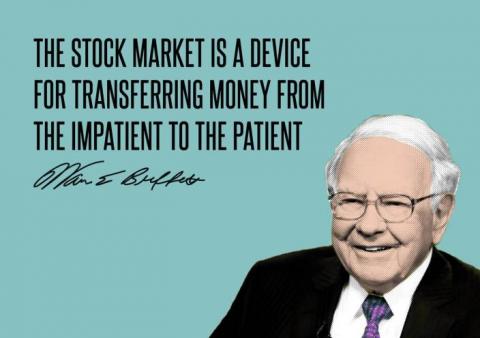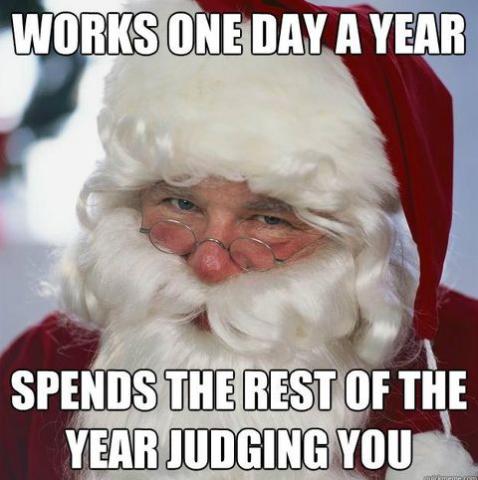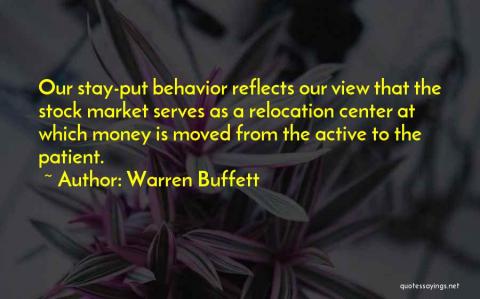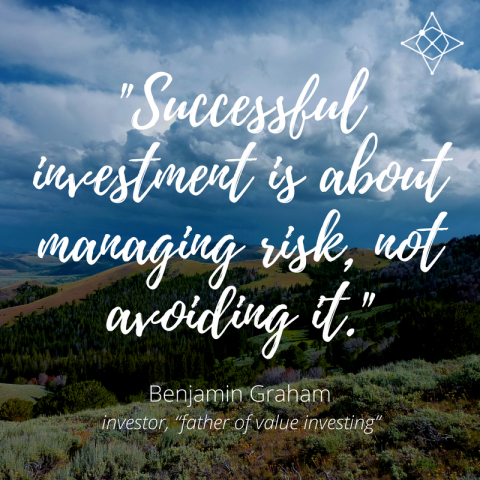It is times such as this outbreak of coronavirus which test whether a portfolio is properly positioned for a person's risk appetite. A major hurdle to investor success is the urge to do something in reaction to news, especially as market experts are issuing lists of companies which will suffer from the lower activity caused by the virus. We don't yet know how widespread and sustained it will be, and investors take a risk selling out of high-quality companies and then not investing again. The S&P/ASX All Ordinaries Index fell almost 10% last week and the S&P500 is 12% down from recent highs. Consider how investors jumped out of Apple years ago when a quarterly sales figure did not quite meet target.
Berkshire Hathaway’s dynamic duo Warren Buffett and Charlie Munger do not even worry about buying businesses that are undervalued, and they ignore short-term noise. Charlie has a special name for it:
“Sit on your ass investing. You’re paying less to brokers, you’re listening to less nonsense, and if it works, the tax system gives you an extra one, two, or three percentage points per annum.
“What we really like is buying good-sized to very large first-class businesses with first-class management and just sitting there. You don’t have to go from flower to flower. You can just sit there and watch them produce more and more every year.
“If you buy a business just because it’s undervalued then you have to worry about selling it when it reaches its intrinsic value. That’s hard. But if you can buy a few great companies then you can sit on your ass … that’s a good thing.”


